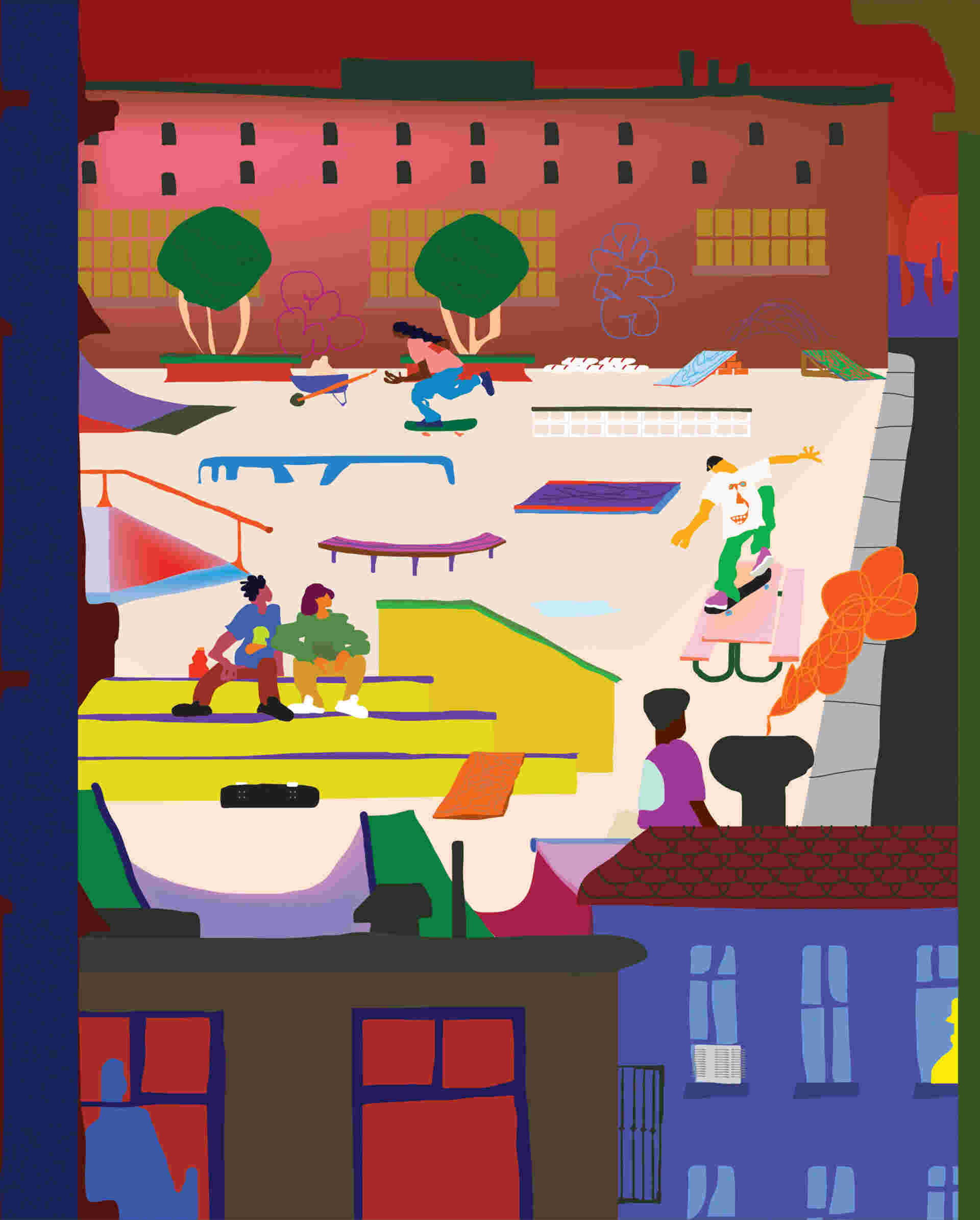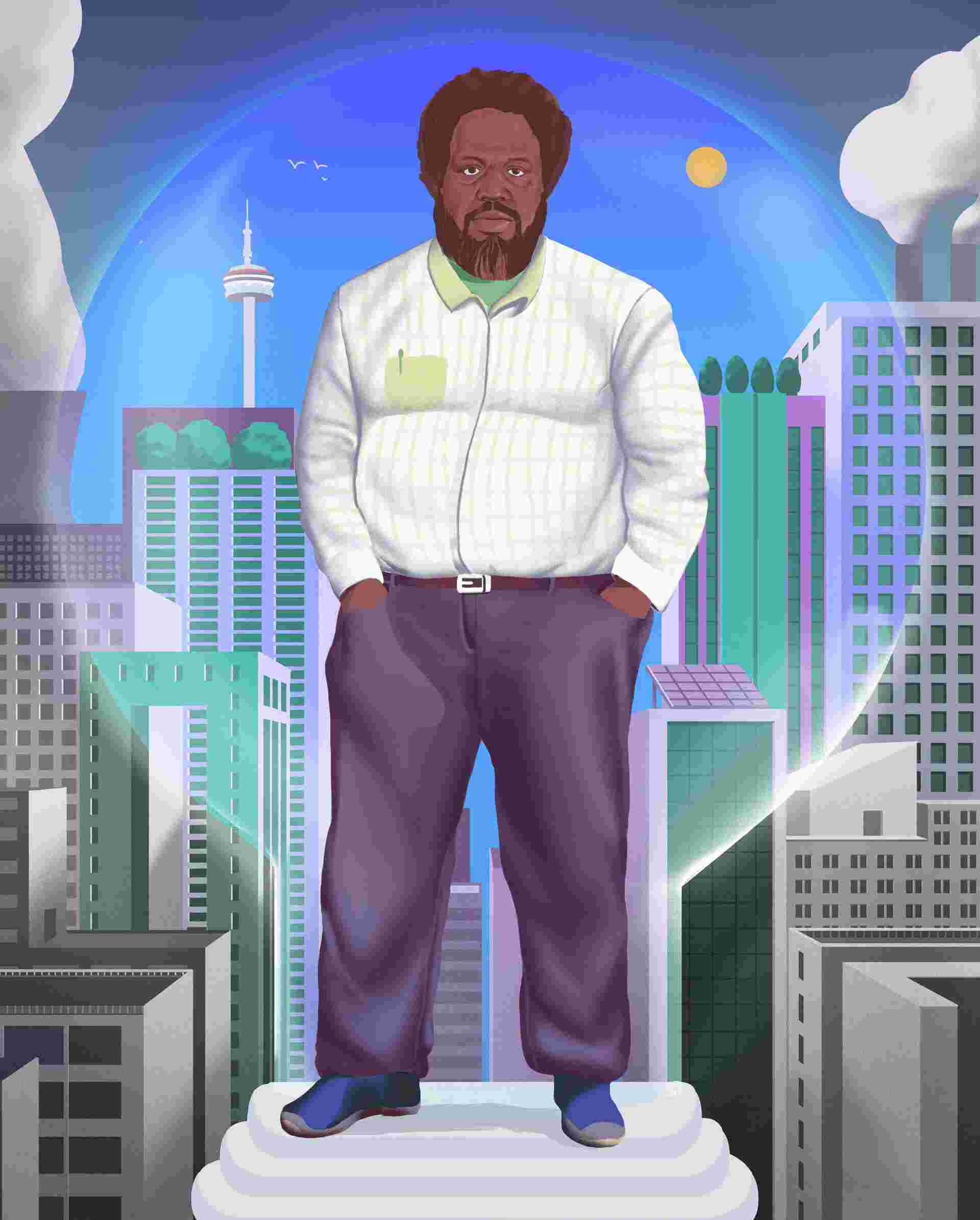
Kellen Hatanaka
Fill In The Blank Kellen Hatanaka’s urban infill.
As told to Meral Jamal
Illustration by Richard Cane

I live in Toronto, and if you look at the data for our average summer temperature and violent crimes like homicides, there’s a pretty close connection: The hotter the summer, the more gun violence and homicides there are in our city.
This is one example of the focus of a lot of my work at the David Suzuki Foundation during the past year, which has been centred around the intersections of climate action and other social challenges.
We did some polling at the end of last year during the municipal elections and we got feedback about how the environment-and-climate-only message is not resonating with people. So we’re really interested to know how that message can be connected to other priorities that people have.
At the end of the day, I’ve found there are a lot of different issues that become climate-action questions when we look at them through that lens of heating or flooding, or ice as well. Yet the big challenges [facing] everybody surround the social and financial issues the pandemic raised, and those are impacting climate action in cities across the country.
I believe climate action needs to be intersectional for this reason, encompassing all levels of government and all members of our communities—people with diverse lived experiences, challenges and solutions—in order to make our cities more sustainable.
I also believe that for climate adaptation to be successful, it will be important for climate-action organizations to collaborate and partner across other movements, including, for example, housing, labour and finance.